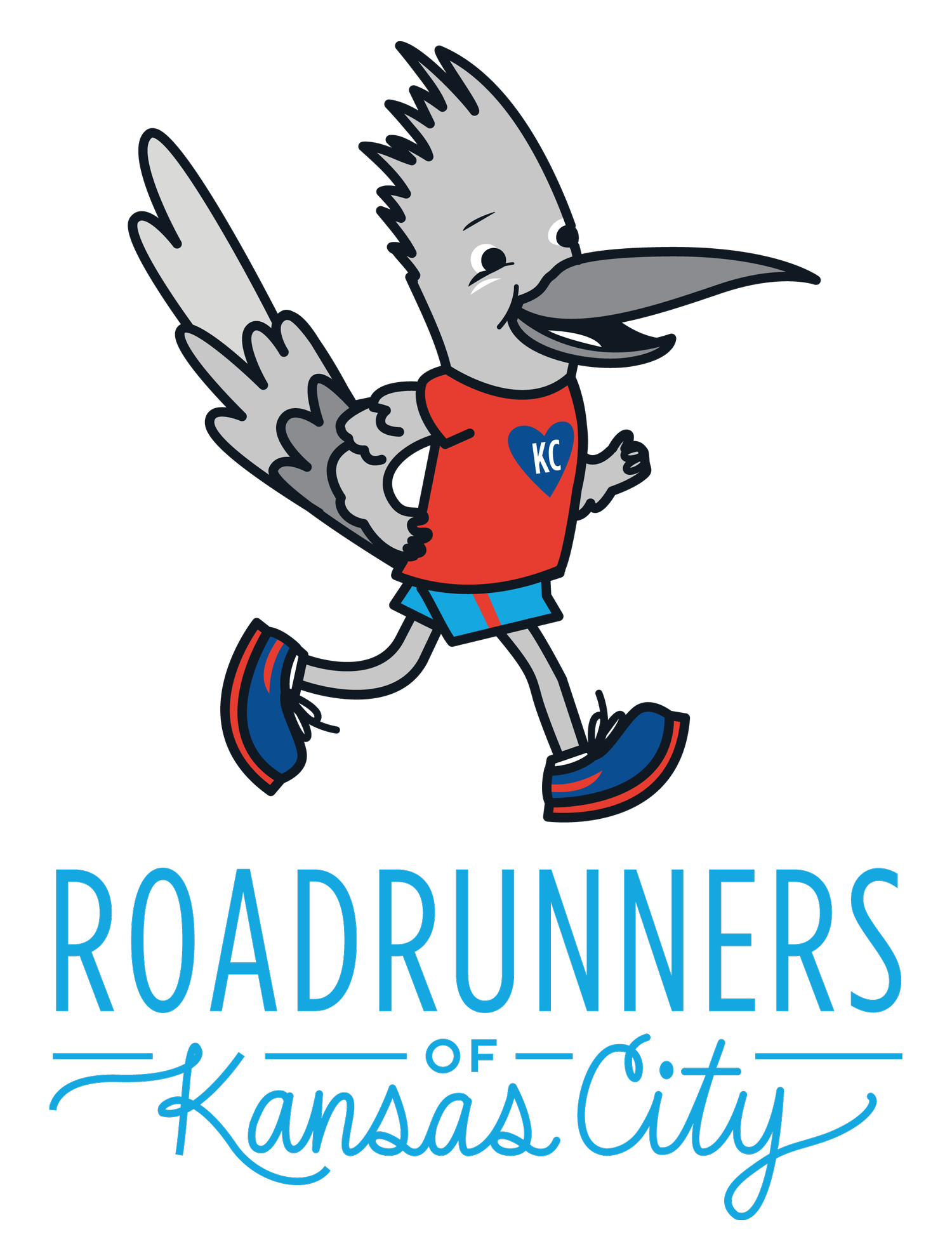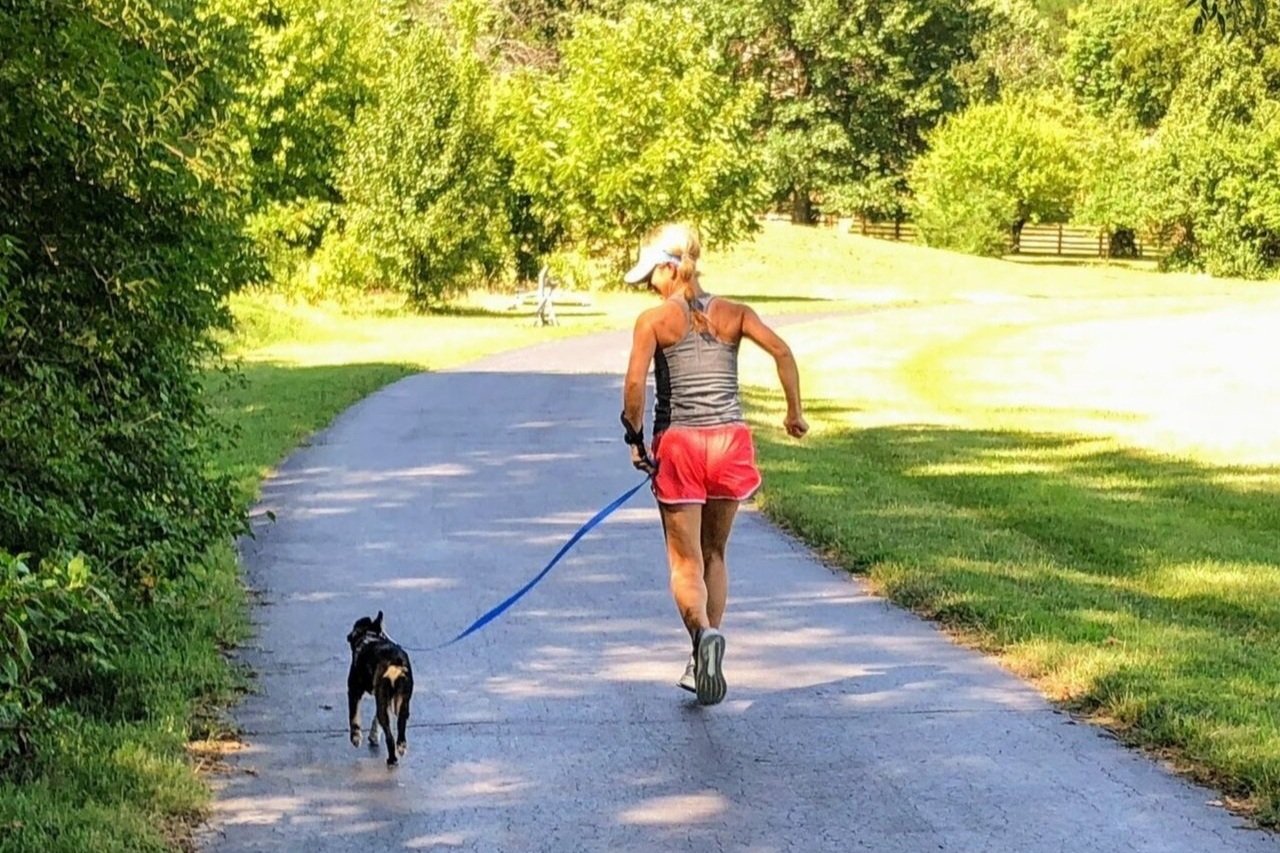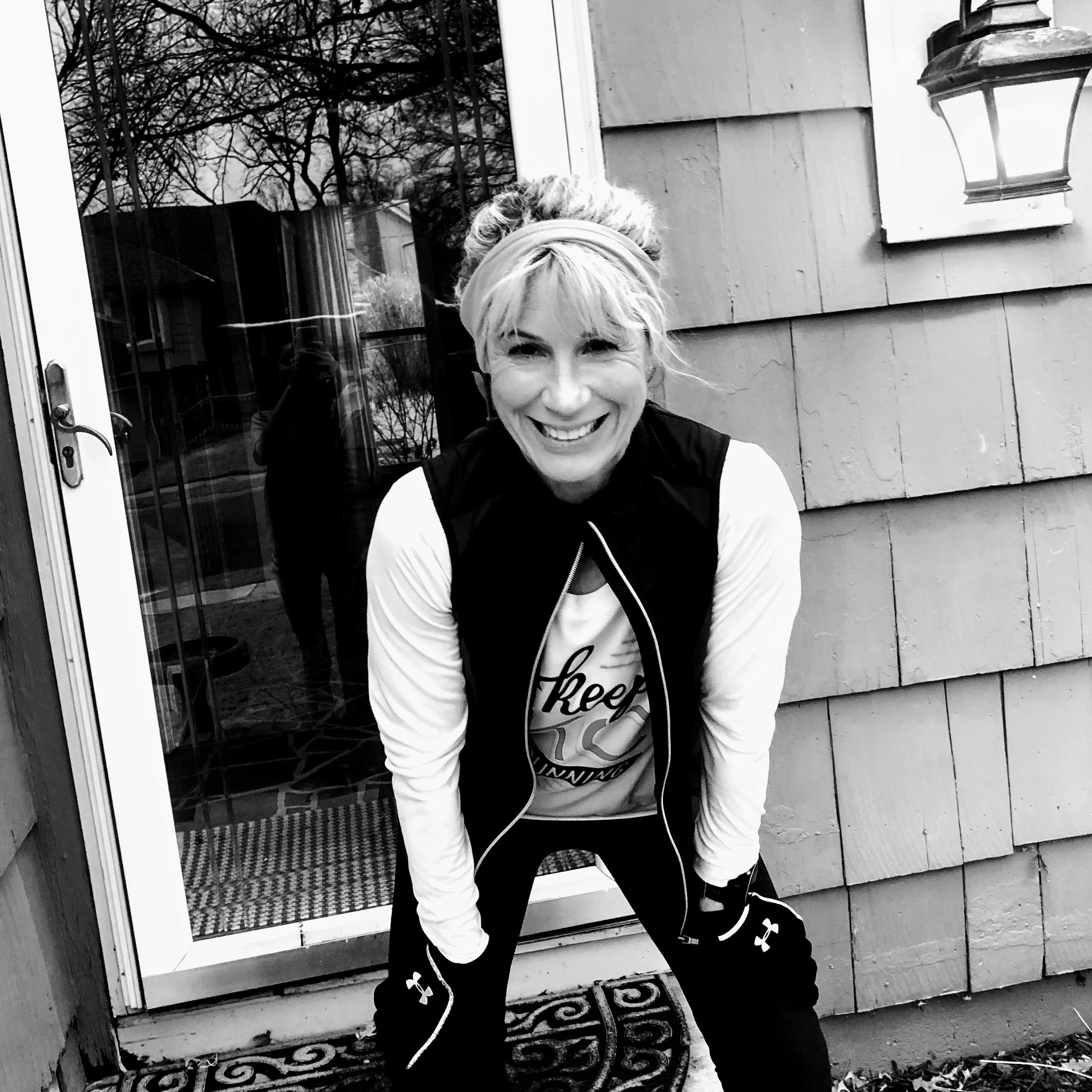How to Dress for Cold Weather Running
/It’s freaking cold out! It’s tempting to run indoors on the treadmill this time of year. Still, Coach Amy recommends running outdoors unless conditions are icy or the “feels like” effective temperature is below 0 degrees, considering the windchill.
Dressing appropriately makes running outdoors in the winter safer and more tolerable. The key is to layer and run with a group. Below are Coach Amy’s tips.
Layer Up
Dress in layers of breathable, water-wicking materials and a wind-resistant outer layer, preferably reflective, as we still start in the dark on most mornings.
Layer two pairs of gloves: a wind-resistant and water-resistant mitten for the outer layer
Wear two pairs of running tights or if you don’t like all that bulk, splurge on a pair of fleece-lined running tights.
Top off with a wind-resistant puffer running vest.
Stock up on Special Goodies
Hot Hands packets. Insert these in your gloves. You can find these at local sporting goods stores.
Wool running socks. There is a variety out there, and the wool work wonders for cold piggies.
Fleece headband or cap. We lose most of our heat from our heads - so trap it up!
Fleece neck gaiter: protects your face from the wind.
Balaclava: best for the coldest days - full head and neck coverage with the option to cover part of the face.
Yak Trax for the snow - and only in the snow! You can find these at running shoe stores and online.
Avoid
Avoid wearing cotton. It doesn't breathe well and absorbs sweat. In cold temperatures, this sticks to you and freezes.
Run with PEEPS!
Friends are the warmest layer of all. Join Roadrunners of Kansas City. We have all kinds of support and accountability for you. Join Roadrunners of Kansas City. We have all kinds of support and accountability for you.
The first mile in really cold temps is tough, but if you are appropriately dressed, you will feel much better once warmed up. Embrace the cold and find your people. There is comfort in numbers. You CAN do it!







